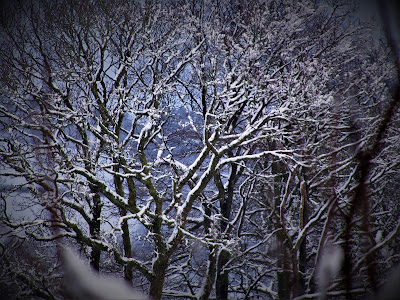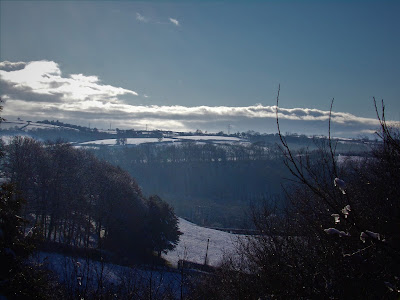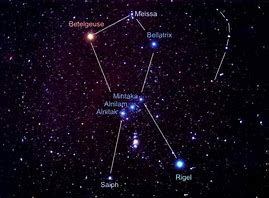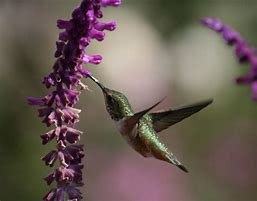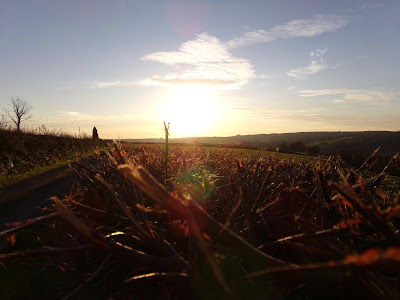The 'Winter Blessings and Beauties' project began at the beginning of November and will conclude on 2nd February, covering a period of 3 months/just over 13 weeks.
The changes in the Winter landscape aren't as eye-catching as those of Spring, Summer or even Autumn. The Winter palette is more muted, vegetation growth slowed by low temperatures and short, dark days. And yet changes are happening all the same. When we look back to the beginning of this period when everything in the landscape seemed to be dying back or hibernating, it's a striking contrast to where we are now - though as I pointed out right back at the beginning of Winter, the buds of Spring were already formed. Gradually, as the weeks passed they've been slowly growing, fattening in preparation to burst into leaf when the conditions are right. The very first buds to open won't be leaf buds, though - they will be those containing the soft grey fur of pussy willow catkins. At the same time the tightly held hazel catkins will lengthen into golden tassels, shaking out their pollen in the wind.
Meanwhile the first bulbs are rising out of the earth. Already there are snowdrops to be seen, and the sturdy green snouts of daffodils are pushing up through last year's leaf litter. I even spotted a solitary yellow daffodil flowering in a sheltered spot the other day. Only thirteen weeks since the world was dying back, it is again surging back into life and growth. The only constant in the Wheel of the Year is change - and I find that curiously comforting.
Winter Blessings and Beauties: Day 92
From Falling Leaves to Buds and Shoots
In only a few more weeks, the world will be greening again as Spring gets into her stride. Before then, bring in a few twigs from deciduous trees and shrubs in the garden and put them in a vase half-filled with water in a warm spot. Once they have been in the warmth of your home for a week or so their leaves will begin to open. Most deciduous species are suitable, but you are most likely to get good results from those which have well-developed, plump buds. I usually use a mixture of willows, hazels, forsythia and fruit tree twigs.
The vase of green leaves is a visual reminder of the change in seasons and can be seen as a kind of sympathetic magic to welcome back the Spirit of the Green.













